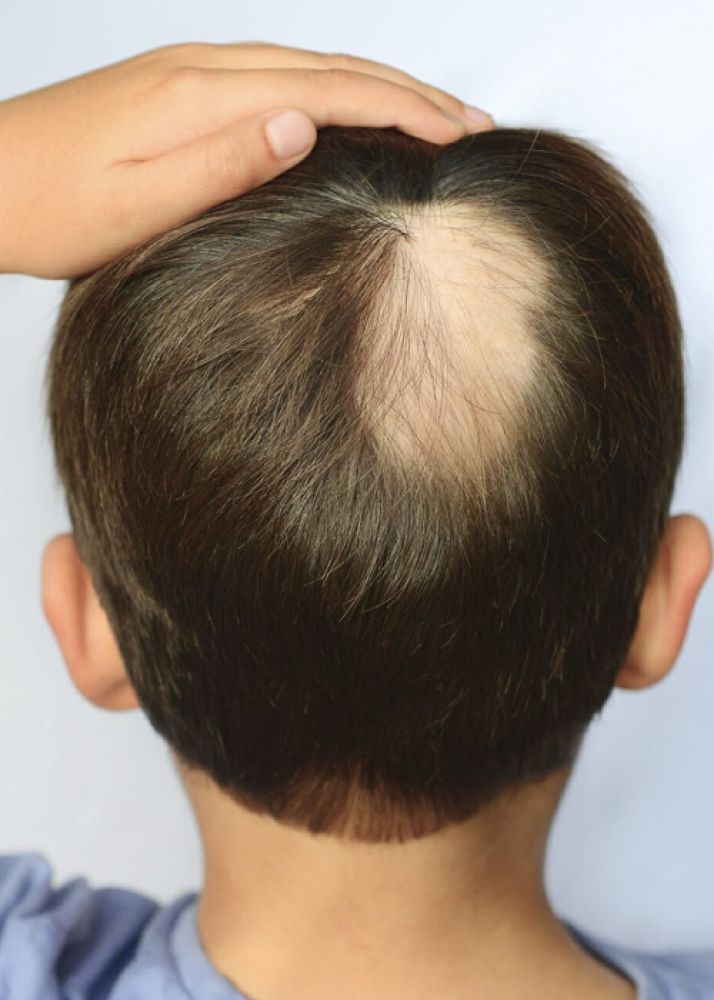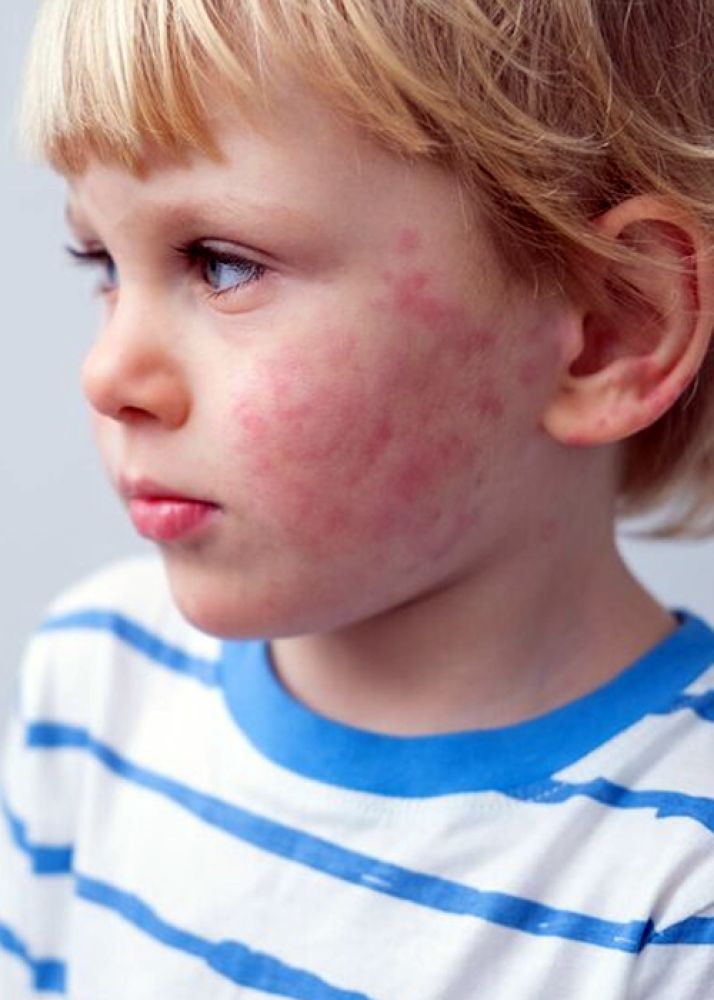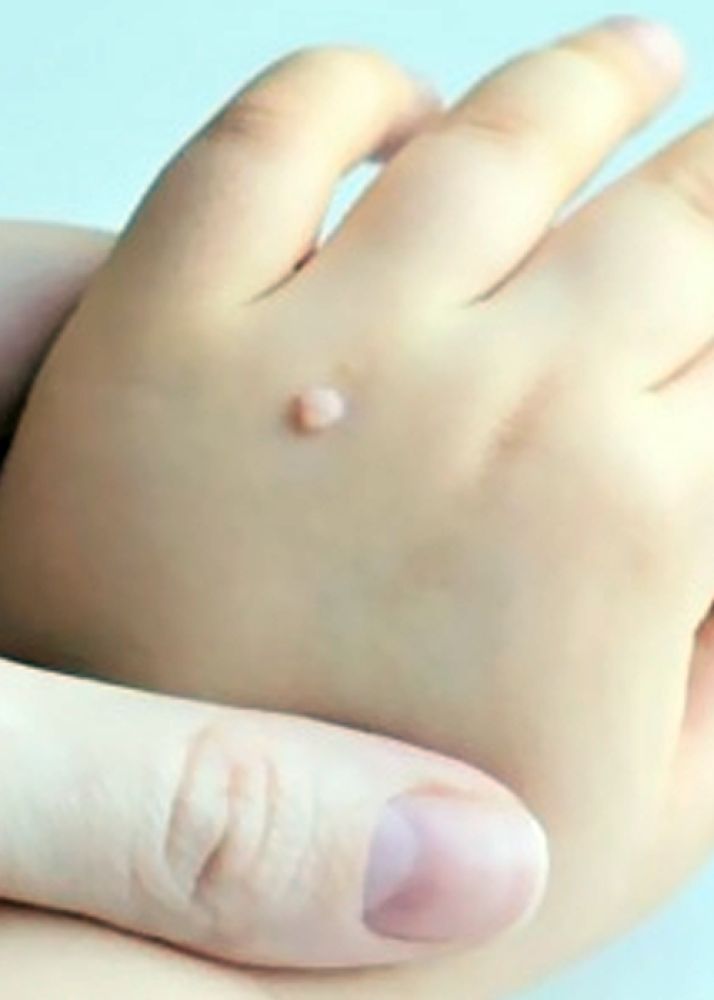Winter Skin Care
During winter, our skin can become dry and sensitive due to environmental factors like cold, wind, and low humidity.

Acne in Children: Symptoms, Causes, and Treatment Methods
Acne in children usually appears as they approach adolescence and is caused by the overproduction of sebum in the skin’s oil glands. Acne can lead to a loss of self-confidence and social anxiety in children, so it’s important to manage it early with proper treatment and care methods. Acne commonly appears on the forehead, nose, and chin and can range from mild to severe.
Acne in children can manifest in various types and intensities. The main symptoms include:
Acne commonly appears on the face but can also develop on the back, chest, and shoulders. Symptoms of acne in children can vary based on factors such as hormonal changes and skin type.
The primary causes of acne in children include hormonal changes, genetic factors, and environmental influences:
Acne treatment varies based on the child’s age, skin type, and severity of the acne. Dermatologists may recommend the following treatment methods:
In addition to treatment, taking certain precautions can help reduce acne development in children:
Acne in children can be managed with proper treatment and care. If your child has acne symptoms that are affecting their confidence or social life, it’s important to consult a dermatologist. The dermatologist can create an appropriate treatment plan to help control acne symptoms for your child.
Atopic Dermatitis

Alopesi Areata

Acne in Children

Impetigo in children

Warts in Children


You can easily reach us through our contact page. Please fill out the form for your questions, suggestions or appointment requests.
Address
Hançerli Mah. Fatih Sultan Mehmet Cad. No: 155 İlkadım/SAMSUN
Show on GoogleMapinfo@gulsekerlisoytatar.com.tr
Working Hours
Monday-Saturday
09:00 - 17:00